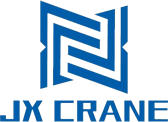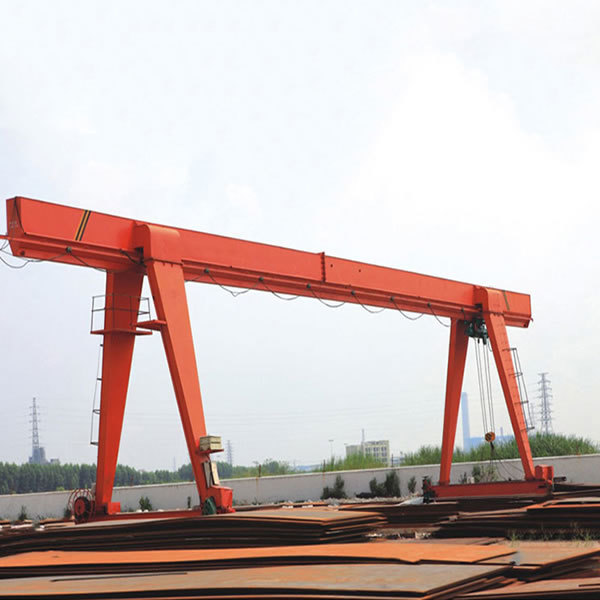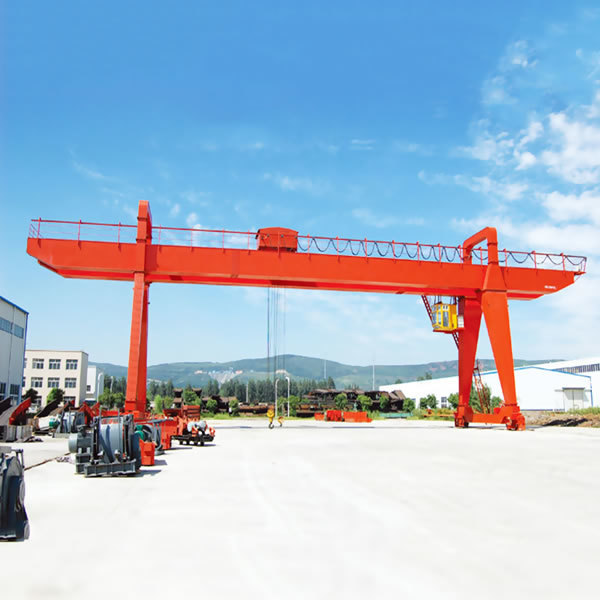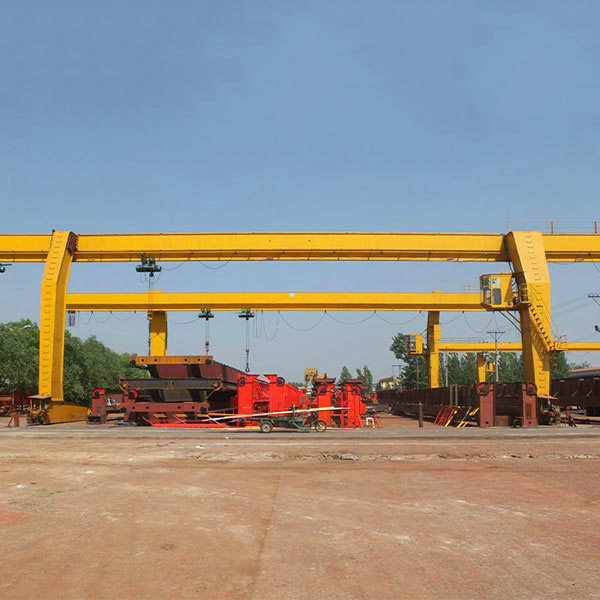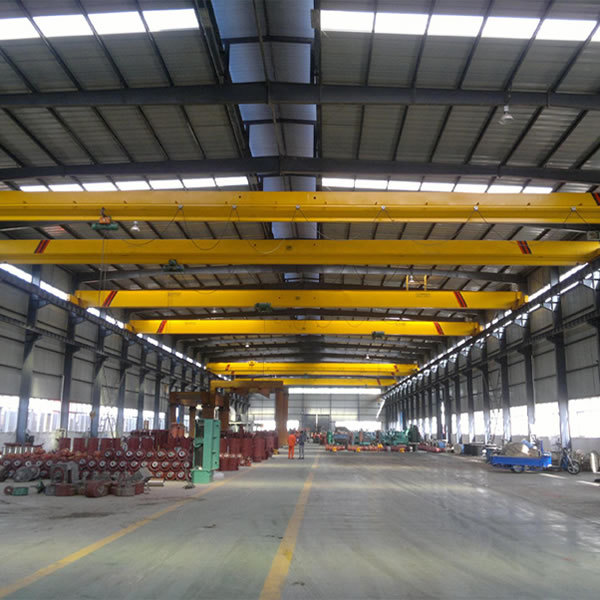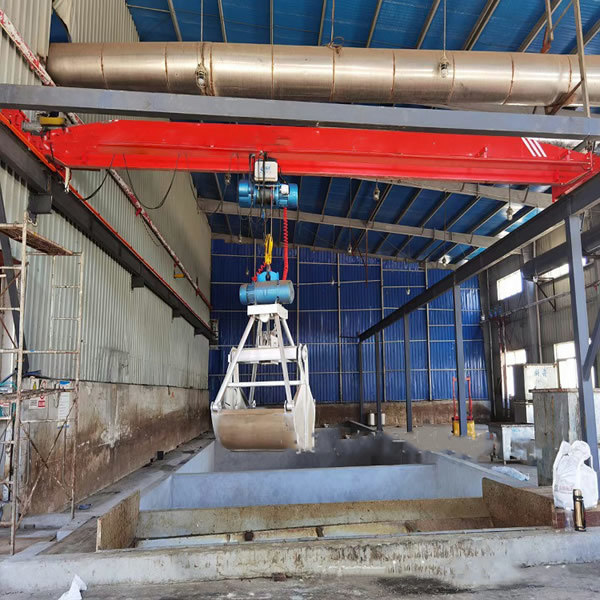





Working Condition
1.Metal structures and mechanical parts should have sufficient strength, stiffness and buckling resistance.
2. It is required that parts and metal structures are not damaged after being loaded. For parts such as steel wire ropes with complex stress states, static strength calculations are usually carried out based on the main load and main deformation form, and a higher safety factor is used. It must also be required that the deformation of the component under the action of the load is within the allowable range, that is, There should be sufficient stiffness.
Second, the whole machine must have the necessary stability against overturning.
3. The prime mover has the power to meet the operating performance requirements, and the braking device should provide the necessary braking torque.
Features
1.High security. The safety protection devices are complete, including limit switches, overload protection devices, emergency stop devices, etc. for lifting and CT, to ensure the safety of the operation; During operation, variable frequency control can be carried out to ensure the safe movement and landing of goods;
2.Flexible operation and stable performance. The gears in the reducer adopt helical gears, which can be automatically lubricated and have better equipment flexibility; Can be remotely controlled for easier operation;
3.Strong stiffness and good quality. The steel plate raw materials are made of products from top tier factories, with stable and guaranteed quality, low failure rate, and better adaptability to special working conditions;
4.High work efficiency and good durability. Adopting laser assisted height measurement technology for more accurate positioning; High level of work, supporting all day work and demanding work demands.
Technical Data
|
|
5T |
10T |
||||||||||||||||
|
Span |
m |
10.5 |
13.5 |
16.5 |
19.5 |
22.5 |
25.5 |
28.5 |
31.5 |
10.5 |
13.5 |
16.5 |
19.5 |
22.5 |
25.5 |
28.5 |
31.5 |
|
|
Working level |
|
A6 |
||||||||||||||||
|
Max lifting height |
m |
32 |
30 |
|||||||||||||||
|
Speed |
Lifting |
m/min |
28.2 |
39.0 |
||||||||||||||
|
Trolley running |
43.5 |
45.4 |
||||||||||||||||
|
Big trolley running |
93 |
94 |
86.5 |
|||||||||||||||
|
Motor |
Lifting |
kW |
YZR255M-8/22 |
YZR280M-10/45 |
||||||||||||||
|
Trolley running |
YZR132M1-6/2.2 |
YZR132M2-6/3.7 |
||||||||||||||||
|
Big trolley running |
YZR160M1-6/2×5.5 |
YZR160M2-6/2×7.5 |
YZR160M2-6/2×7.5 |
|||||||||||||||
|
Main size |
B |
5700 |
6200 |
5860 |
6260 |
|||||||||||||
|
W |
4100 |
4600 |
4200 |
4600 |
||||||||||||||
|
b |
244 |
274 |
||||||||||||||||
|
LX |
2000 |
|||||||||||||||||
|
H |
1753 |
1756 |
1759 |
1764 |
1767 |
1770 |
1773 |
1776 |
2058 |
2061 |
2064 |
2067 |
2070 |
2073 |
2076 |
2079 |
||
|
H2 |
730 |
845 |
||||||||||||||||
|
S1 |
1617 |
1860 |
||||||||||||||||
|
S2 |
1764 |
1730 |
||||||||||||||||
|
F |
26 |
176 |
246 |
326 |
476 |
676 |
776 |
926 |
28 |
148 |
278 |
428 |
578 |
728 |
828 |
978 |
||
|
Weight |
Trolley |
t |
4.5 |
8.33 |
||||||||||||||
|
Total weight |
18.1 |
19.8 |
21.9 |
24.1 |
27 |
30.1 |
32.9 |
36 |
27.5 |
29.4 |
31.8 |
34.5 |
37.1 |
40.6 |
43.8 |
46.4 |
||
|
Maximum wheel pressure |
KN |
86 |
91 |
97 |
103 |
112 |
126 |
129 |
138 |
108 |
117 |
126 |
134 |
142 |
152 |
163 |
168 |
|
|
Grab |
Model |
u |
U3 |
U2 |
U1 |
U6 |
U5 |
U4 |
||||||||||
|
Type |
|
Light |
Middle |
Heavy |
Light |
Middle |
Heavy |
|||||||||||
|
volume |
m^3 |
2.5 |
1.5 |
1 |
5 |
3 |
2 |
|||||||||||
Spare Parts
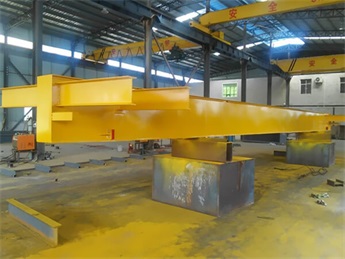
Main beam
The main beam is a box beam or H-beam structure, welded and formed from steel plates. The steel plate material is domestic steel (Q235B). The vertical winding is in accordance with Chinese national standards. All steel plates are subjected to shot blasting pre-treatment to achieve Sa2.5 level standardization. Before welding, the steel plates are carefully inspected and cleaned, usually by automatic welding machines (MIG or semi-automatic welding).
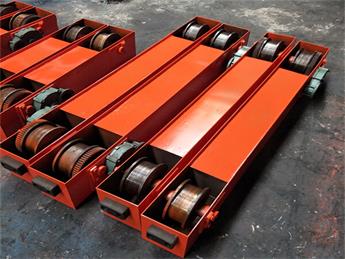
End beam
End beam is a supporting structure designed for lifting machinery, usually located at both ends of the crane, and its function is to provide stable support and balance for the crane. Cranes need to bear enormous weight and inertial forces during operation. Without the support of end beams, the crane is prone to imbalance or even overturning. Therefore, the role of the crane end beam cannot be ignored, as it is one of the key components for the safe operation of the crane.
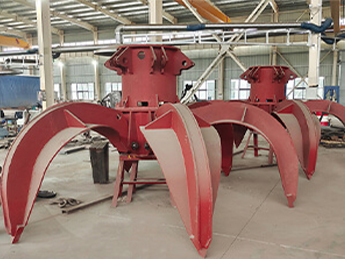
Grab
Grab refers to a specialized tool used by a crane to grab dry and loose goods. The container space is composed of two or more bucket shaped jaw plates that can be opened and closed together. When loading, the jaw plates are closed in the material pile, and the material is grabbed into the container space. When unloading, the jaw plates open in a suspended state on the material pile, and the material is scattered on the pile. The opening and closing of the jaw plates are generally controlled by the steel wire rope of the lifting mechanism of the crane. Grab bucket operation does not require heavy physical labor, can achieve high loading and unloading efficiency and ensure safety, and is the main dry bulk loading and unloading tool in ports. According to the type of homework goods, they can be divided into ore grab, coal grab, grain grab, wood grab, etc
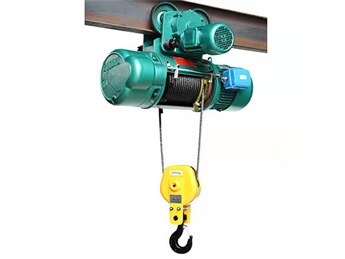
Electric hoist
The electric hoist will do dynamic and static load tests, as well as ascending and descending pressure tests. The baking paint process is used to enhance the adhesion of the paint film and improve the appearance quality. The assembly line ensures product quality.
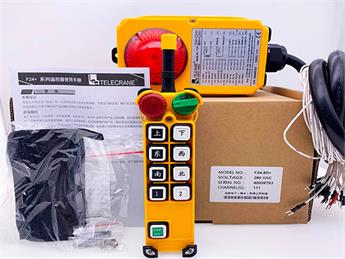
Crane remote control
Industrial wireless remote control is a remote wireless remote control device specifically used to control construction machinery or industrial equipment.
Keywords






QZ Type Grab Bucket Bridge Crane
Contact Us
Classification

